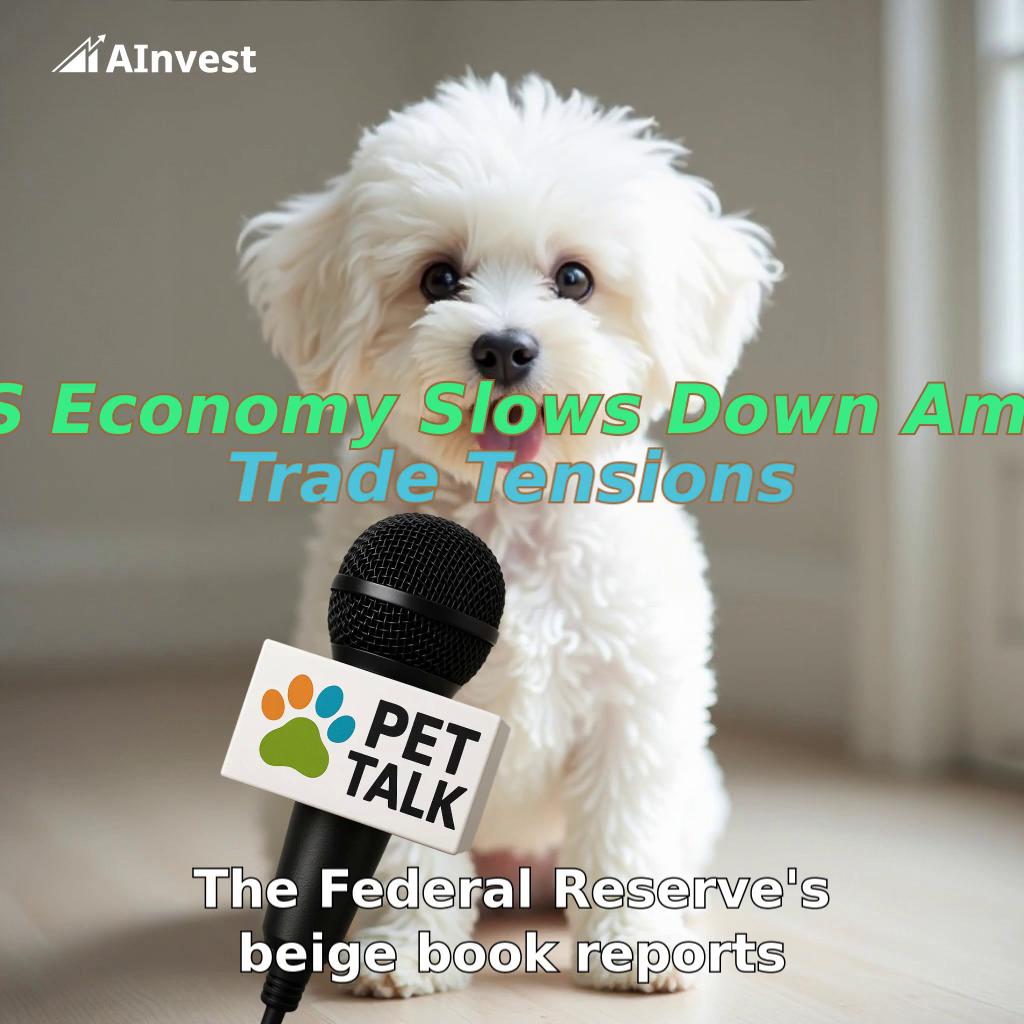Weaker manufacturing data in August intensified market concerns about a slowdown in the US economy.
US factories continued to slow in August, according to a number of manufacturing indicators, raising concerns about the economic outlook.
The Institute for Supply Management's monthly survey of purchasing managers showed that only 47.2 per cent of respondents reported that economic activity expanded this month, below the 50 per cent break-even point. While the data was slightly higher than July's 46.8 per cent, it was below the consensus forecast of 47.9 per cent from Dow Jones.
Timothy Fiore, chairman of the ISM manufacturing business survey committee, said: “While still in contraction territory, US manufacturing activity contracted at a slower pace than in the previous month. Demand remains weak, output declined, and inputs remain loose.” He added: “Businesses are not willing to invest in capital and inventory due to the current federal monetary policy and uncertainty of the US election, and demand remains weak.”
While the index level indicates contraction in manufacturing, Mr Fiore noted that any reading above 42.5 per cent typically indicates expansion in the broader economy.
Another weak economic reading increased the likelihood of at least a 25 basis point cut by the Federal Reserve later this month. After the ISM report, traders using the CME Group's FedWatch tool raised the probability of a more aggressive 50 basis point cut to 39 per cent.
According to the survey, the employment index rose slightly to 46 per cent in August, while the inventory index jumped to 50.3 per cent. On the inflation front, the prices index ticked up to 54 per cent, which could bring some hesitation to the Fed's decision on the size of the cut.
The ISM results were supported by another PMI reading from S&P, which showed a decline to 47.9 in August from 49.6 in July.
The S&P employment index fell for the first time this year, while the input cost indicator climbed to a 16-month high, further indicating that inflation is well below its peak in mid-2022 but still present.
Chris Williamson, chief business economist at S&P Global Market Intelligence, said: “The further decline in the PMI suggests that the drag on the economy from the manufacturing sector intensified in the middle of the third quarter. Forward indicators suggest that this drag may intensify in the coming months.”









